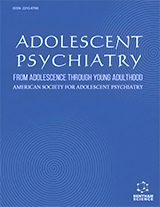Abstract
The virulence pattern and the difficulties encountered in the diagnosis and treatment of many bacterial infections have turned its dissemination a serious problem of public health. It is essential, for an effective antimicrobial therapy, to have a precise and early diagnosis, thereby decreasing the risk of severe and fatal cases. However, many difficulties are found in conventional bacteriological diagnostic techniques due to several factors: loss of bacterial viability, delay in bacterial cultivation and the antibiotic therapy prior to the exam. The molecular biology methods are valuable tools, especially in the case of serious infectious diseases. These technologies have the ability to detect infectious agents with greater sensitivity and specificity without the need of viable parasites in the biological sample, such as the polymerase chain reaction (PCR) and its variations, the DNA microarray technology and proteomics analyzes. Some of these methods are already available in laboratories, especially those in the private network. However, the interpretation of the results requires differing and deep levels of knowledge, imposing the need for training human resources in order to get a wider dissemination and exploitation. This chapter describes the characteristics, pathogenicity, epidemiology and methods of laboratory diagnosis of significant bacterial infections and the achievements in molecular biology, which may be part of future routine diagnostic tests and thus, contribute to the prevention and control of infectious processes.
Keywords: Chlamydia trachomati, Helicobacter pylori, Infectious diseases, Laboratory diagnostic, Neisseria meningitidis, Staphylococcus aureus.






















